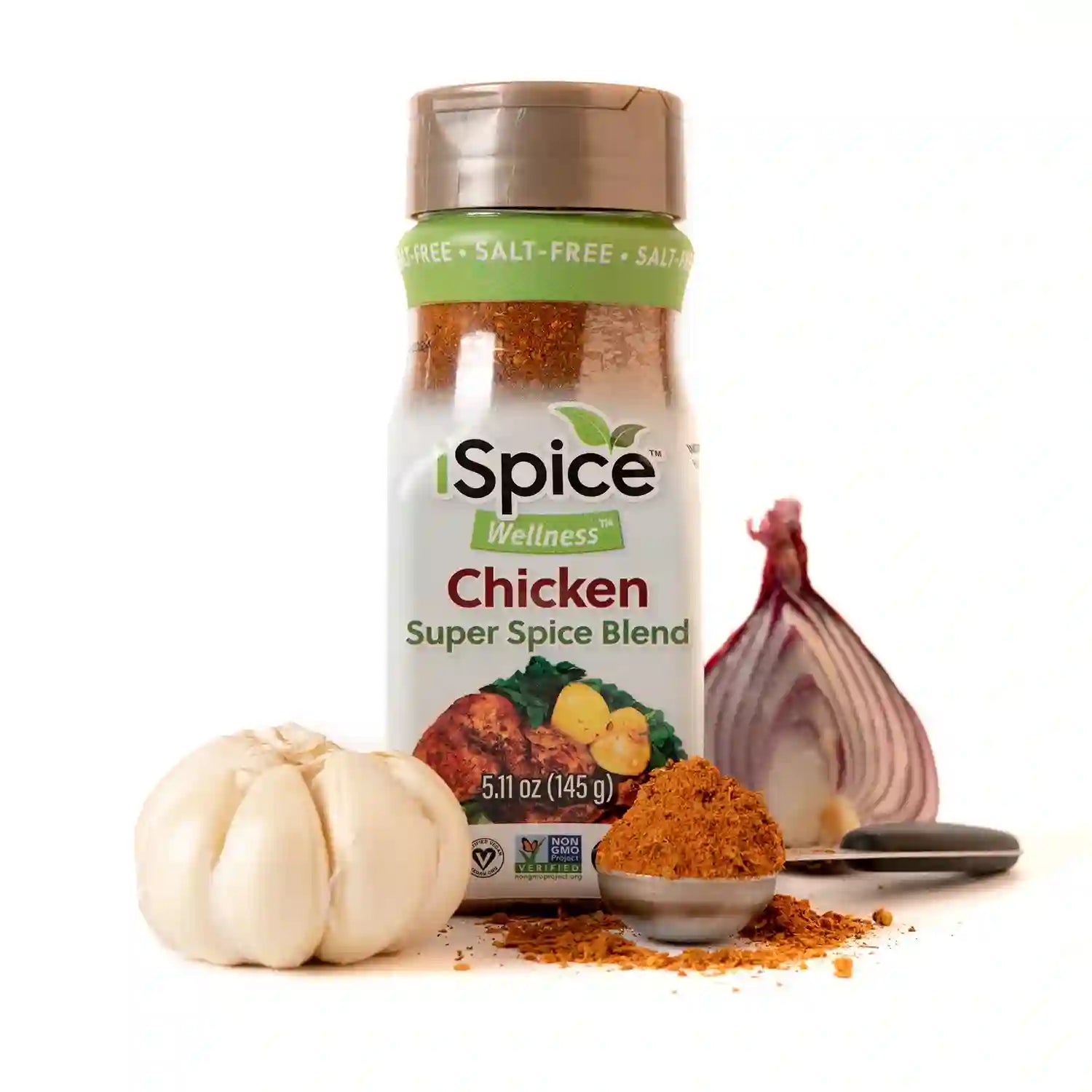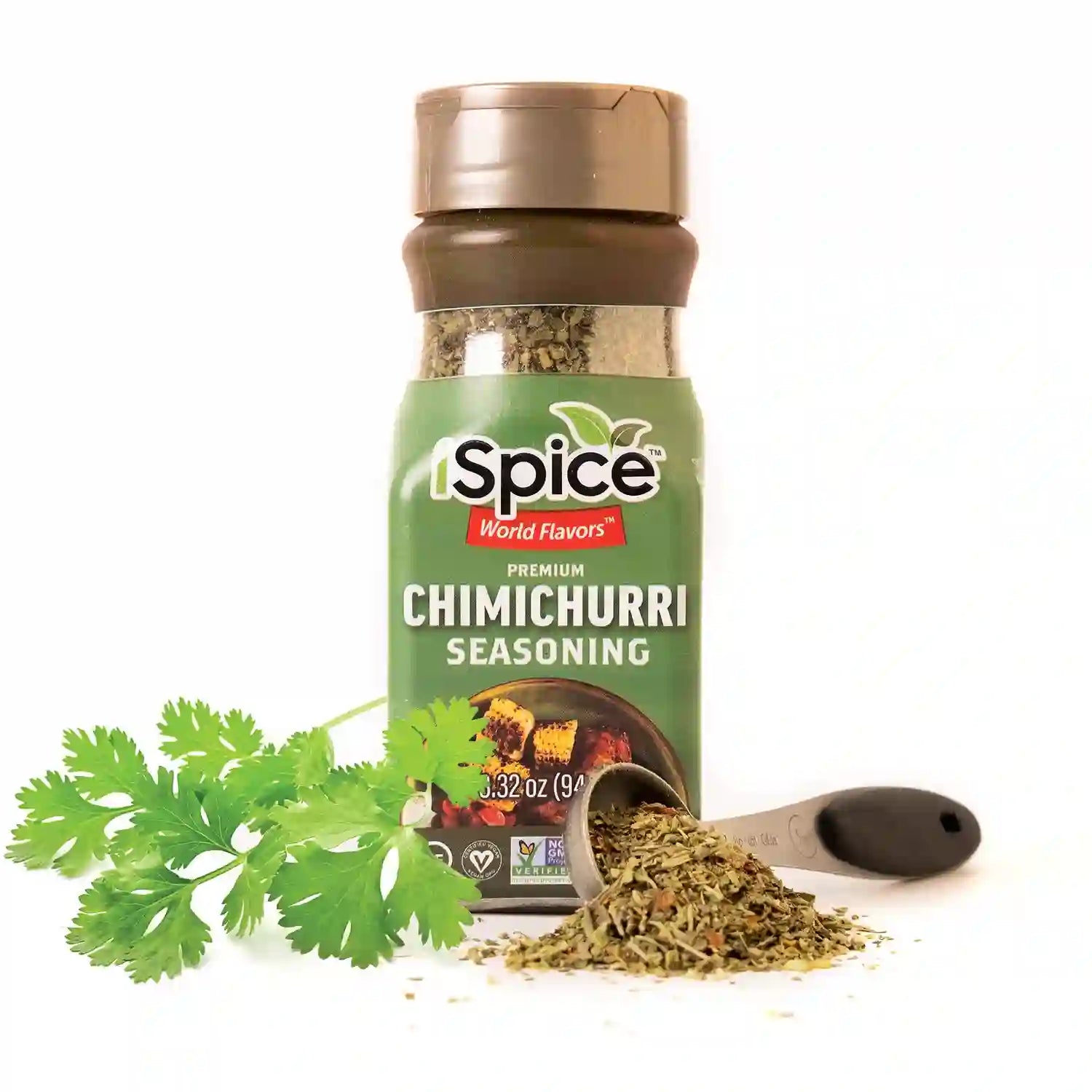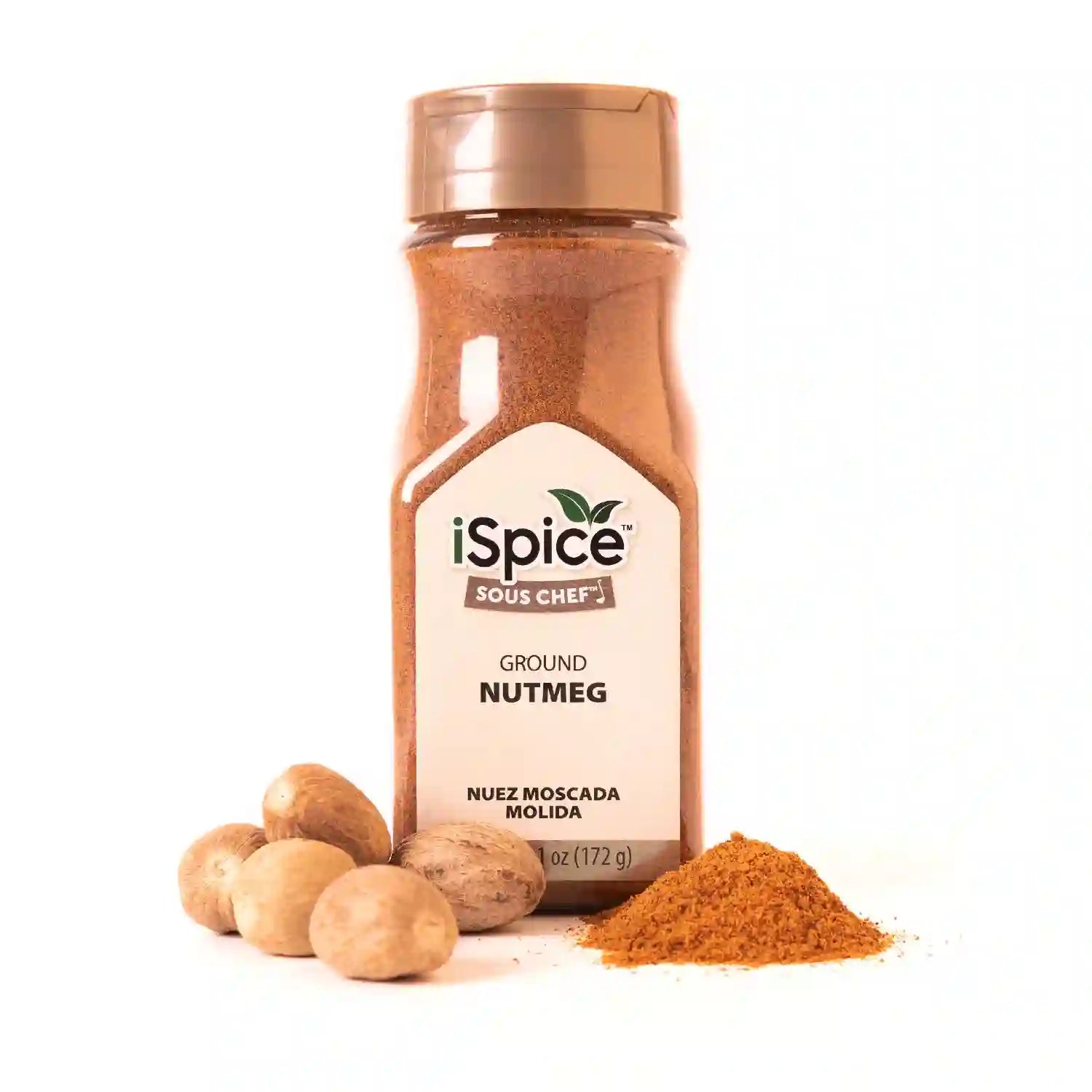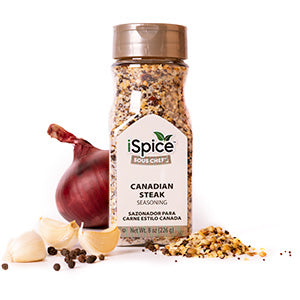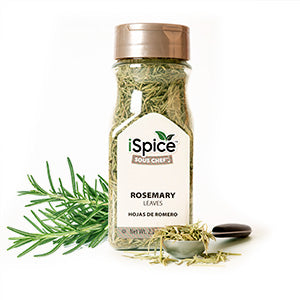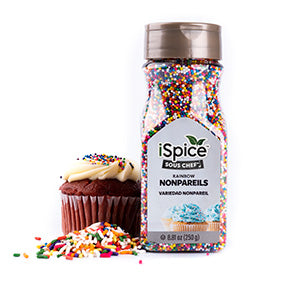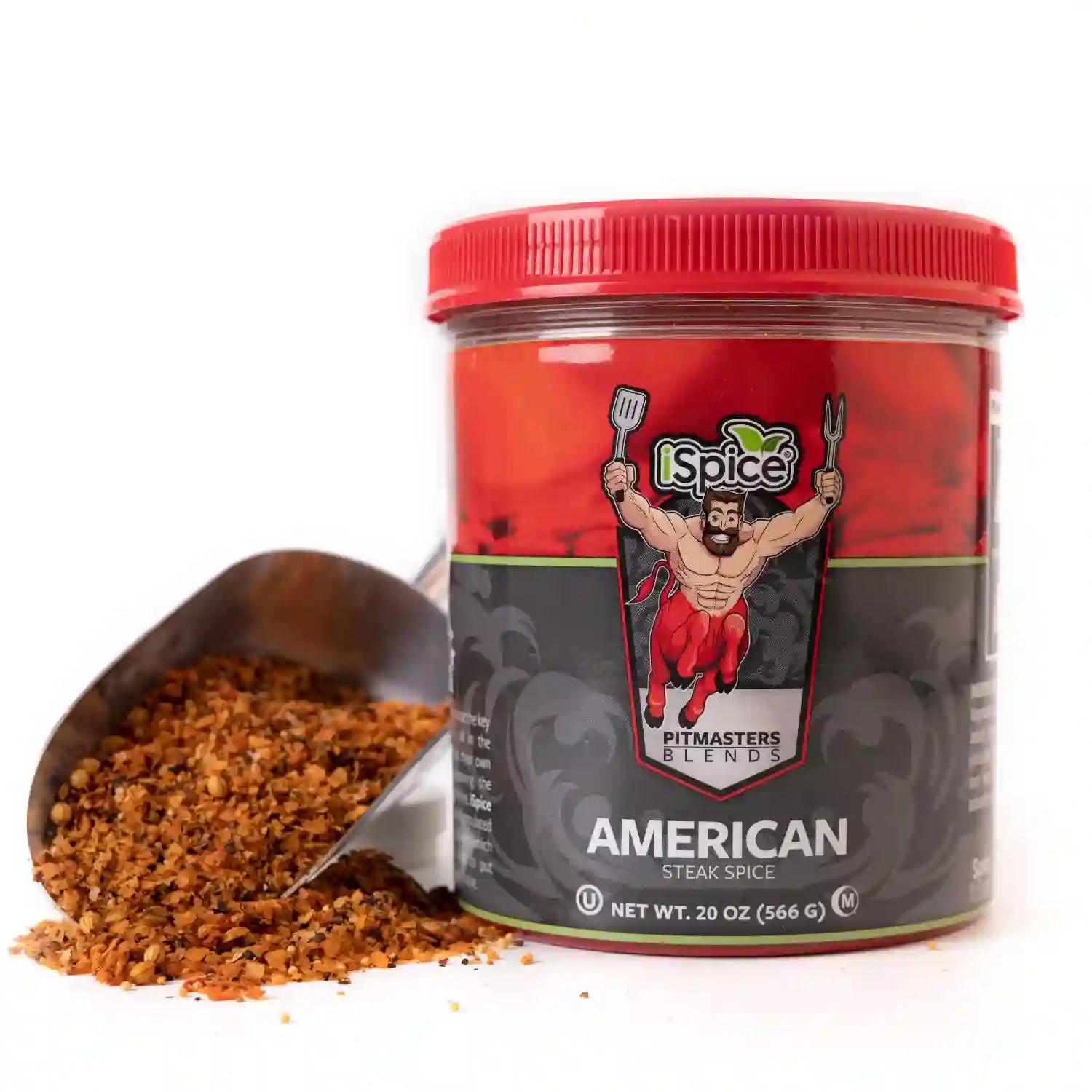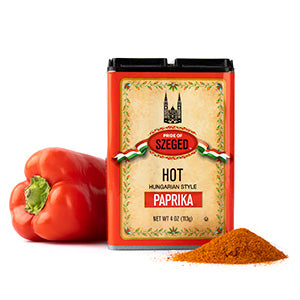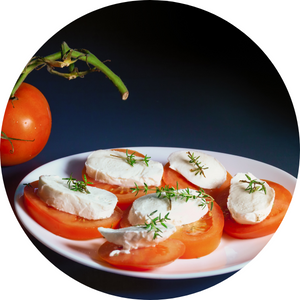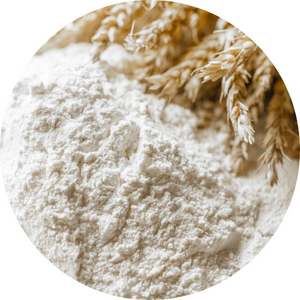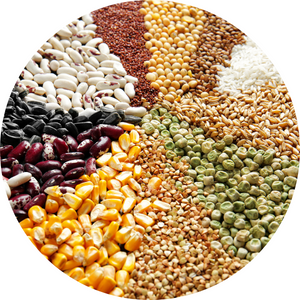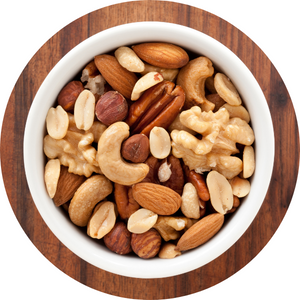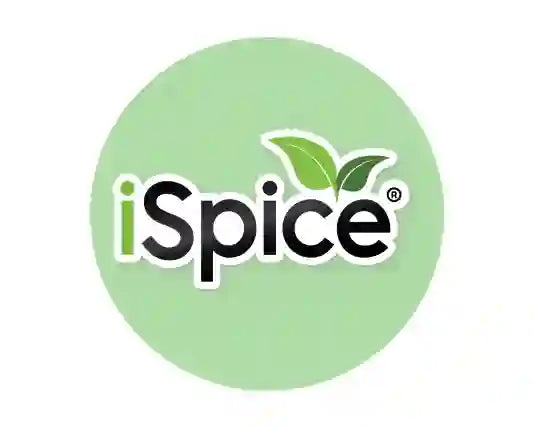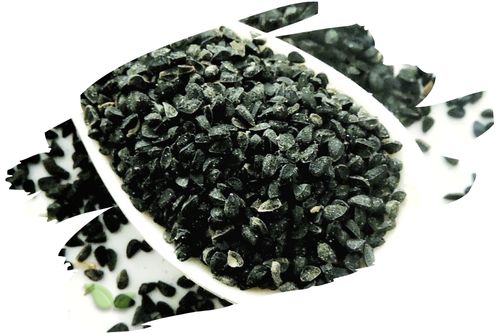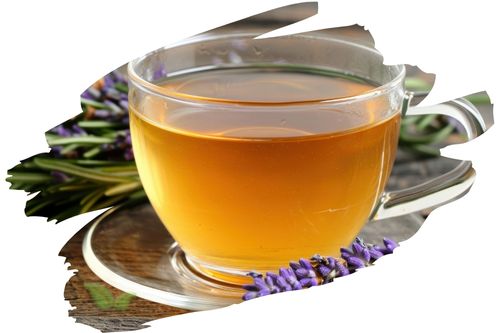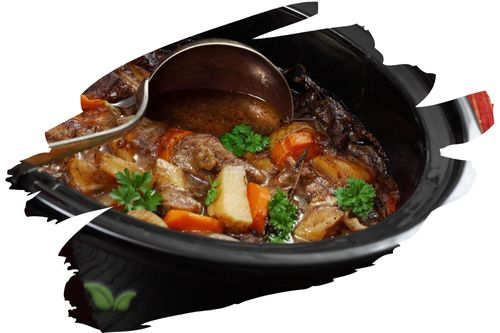
Anise and fennel are two plants that are related to each other and have similar flavor profiles, but they are not the same thing. Here are some differences between anise and fennel:
-
Appearance: Anise and fennel both have tall stalks with feathery leaves, but anise plants are typically smaller than fennel plants. Anise seeds are small and oval-shaped, while fennel seeds are larger and more oblong.
-
Flavor: Both anise and fennel have a licorice-like flavor, but anise is generally considered to be sweeter and more intense than fennel. Anise is commonly used in sweet dishes like desserts and pastries, while fennel is often used in savory dishes like sausages and stews.
-
Culinary uses: Anise and fennel are both used as flavoring agents in a variety of dishes. Anise is commonly used in desserts, candies, and liqueurs, as well as in some savory dishes like soups and stews. Fennel is often used in Mediterranean and Middle Eastern cuisine, where it is used to flavor sausages, seafood, and vegetable dishes.
-
Medicinal uses: Both anise and fennel have medicinal properties and have been used for centuries to treat a variety of ailments. Anise is often used to relieve digestive issues like bloating and gas, while fennel is used to stimulate digestion and relieve menstrual cramps.
Alert: While spices can have many beneficial properties for health, using them for medical purposes should be done under the guidance and supervision of a healthcare professional or specialist. Some spices may interact with medications or cause adverse reactions in certain individuals, and it is important to use them safely and appropriately. If you are considering using spices for a medical condition, it is important to consult with a healthcare professional before doing so.

